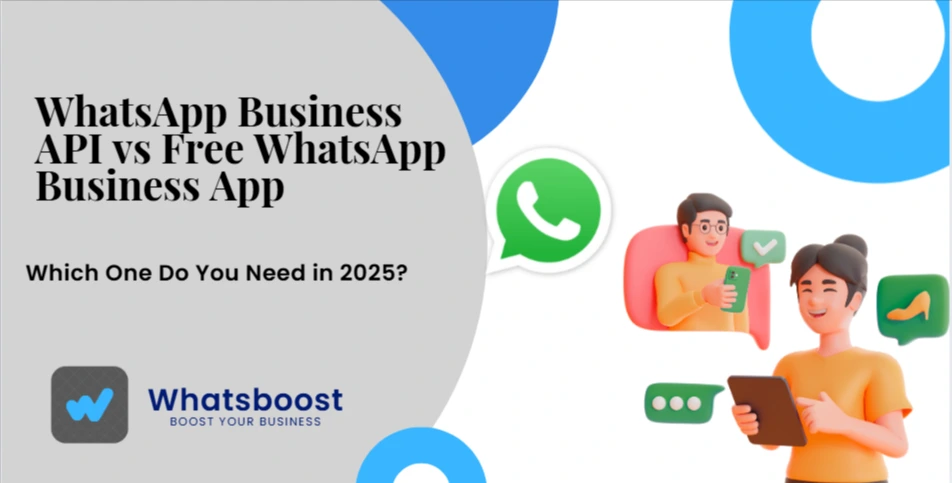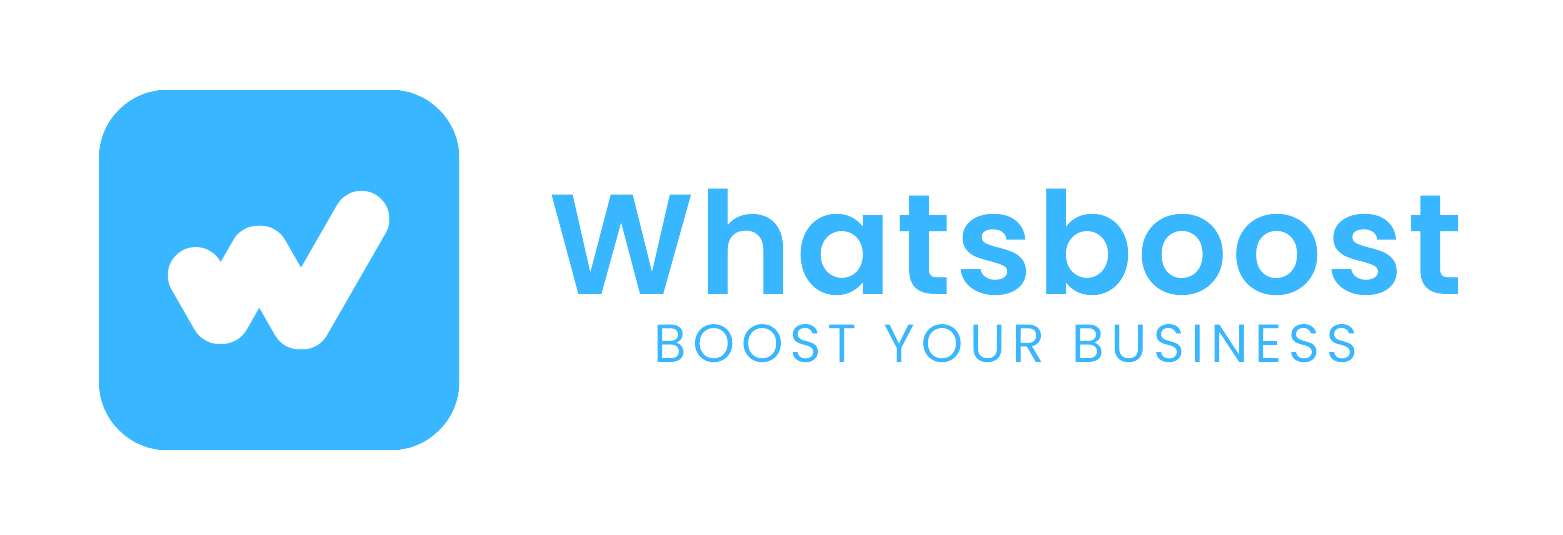
WhatsApp Business API vs Free WhatsApp Business App: Which One Do You Need in 2025?
Compare WhatsApp Business API vs free app for 2025. See differences, use cases, and tips to choose the right tool for your business efficiency.
Business communication demands efficiency in 2025. WhatsApp leads with nearly 3 billion users. Yet choosing between the free app and the API shapes your strategy.
The free WhatsApp Business App suits quick setups. The WhatsApp Business API powers scaled operations. Each targets different growth stages.
This guide breaks down both options. We'll compare features, costs, and fit. Real examples show when to pick one over the other.
Expect clear paths to better customer ties. Platforms like Whatsboost enhance the API for seamless automation.
Understanding the Free WhatsApp Business App
The free app builds on everyday WhatsApp. It adds profiles, labels, and quick replies. Download it for Android or iOS in minutes.
Small shops use it for basic chats. Add business hours or catalogs directly. No extra fees apply.
Limits hit at scale though. Broadcasts cap at 256 contacts. Manual sends slow high-volume days.
A cafe owner tracks orders via labels. It works for 50 daily messages. Beyond that, overload creeps in.
Exploring the WhatsApp Business API
The API shifts to programmable access. Connect it to your systems for custom flows. It's not an app—it's a backend tool.
Medium teams leverage it for volume. Send unlimited messages via servers. Integrate with CRMs or e-commerce platforms.
Costs tie to conversations. Meta charges per 24-hour window started. Rates vary by country and type.
An online retailer syncs API with inventory. Stock alerts go out instantly. No phone juggling required.
Key Differences at a Glance
Both tools boost WhatsApp reach. Yet gaps in scale and smarts stand out. See the table below for a side-by-side view.
| Feature | Free WhatsApp Business App | WhatsApp Business API |
|---|---|---|
| Cost | Free download and use | Per-conversation fees (e.g., $0.005–$0.06) |
| User Limit | Single device, manual management | Multi-user, team access |
| Broadcasts | Up to 256 contacts | Unlimited, targeted segments |
| Automation | Basic quick replies | Full bots, workflows, scheduling |
| Integrations | None native | CRM, e-commerce, Google Sheets |
| Message Volume | Low (hundreds daily) | High (thousands+) |
| Setup Time | Instant | Days with partner approval |
| Media Support | Photos, docs, catalogs | Advanced with templates, carousels |
This snapshot highlights trade-offs. The app keeps it simple. The API unlocks growth tools.
Pros and Cons of the Free App
Start with upsides. Zero cost draws bootstrapped ventures. Easy onboarding means no tech hurdles.
Labels sort chats fast. Product catalogs showcase items. Customers save your number for repeats.
Downsides emerge in busyness. One device ties you down. No bulk sends for promotions.
Error risks rise without automations. A boutique faces query backlogs during sales. Manual fixes drain hours.
Pros and Cons of the WhatsApp Business API
Scale defines API strengths. Automate replies around the clock. Teams collaborate via shared inboxes.
Rich templates engage better. Add buttons or lists for choices. Analytics track open rates.
Cons include setup effort. Partner approval takes time. Fees add up for inactive chats.
A service agency pays for every utility window. Optimize or costs climb. Still, ROI shines in volume.
Real-World Use Cases for Each Tool
Match tools to needs for best results. The app fits solo operators. The API serves expanding teams.
When the Free App Wins
Freelance tutors handle enrollments. Quick replies confirm slots. Catalogs list courses simply.
A local plumber logs jobs with labels. Follow-ups stay personal. Low volume keeps it free.
Daily chats stay under 100. No integrations needed. Focus stays on service.
When the API Takes Over
E-commerce brands manage carts. Abandoned reminders recover sales. API bots guide checkouts.
Agencies run campaigns. Segmented blasts hit niches. Integrations feed data to CRMs.
High-traffic peaks demand it. Thousands of queries flow smoothly. Growth accelerates unchecked.
Making the Switch: From App to API
Growth signals the shift. When broadcasts max out, API calls. Test waters with hybrid starts.
Migrate chats via exports. Set up API via approved providers. Train teams on new dashboards.
A growing bakery outgrew the app. API linked orders to kitchen apps. Delivery confirmations automated fully.
Downtime minimizes with planning. Benefits compound in months. Revenue lifts from freed time.
How Whatsboost Bridges the Gap
The API demands smart handling. Whatsboost simplifies it as a ready platform. Build workflows without deep code.
Schedule messages or trigger bots. Google Sheets sync pulls customer data. Media templates add polish.
For app users eyeing API, it eases entry. Start small with one flow. Scale as needs grow.
A retailer used Whatsboost for API onboarding. Order bots cut support by 60%. Setup took under a week.
Choosing the Right Fit for Your 2025 Goals
Assess your volume first. Under 200 messages daily? Stick with the app. Scaling past that? API awaits.
Budget matters too. Free keeps overhead low. API fees pay off in efficiency gains.
Hybrid paths exist. Use app for personal touches. API for blasts and bots.
Test both in trials. Track metrics like response times. Align with long-term aims.
Wrapping Up: Your Path to Smarter WhatsApp in 2025
WhatsApp tools evolve fast. The free app starts strong for basics. API propels advanced ops.
Pick based on stage and scale. Whatsboost enhances API plays naturally. Automation turns chats into assets.
Upgrade when limits bind. Your business deserves fluid communication. Ready to level up?
